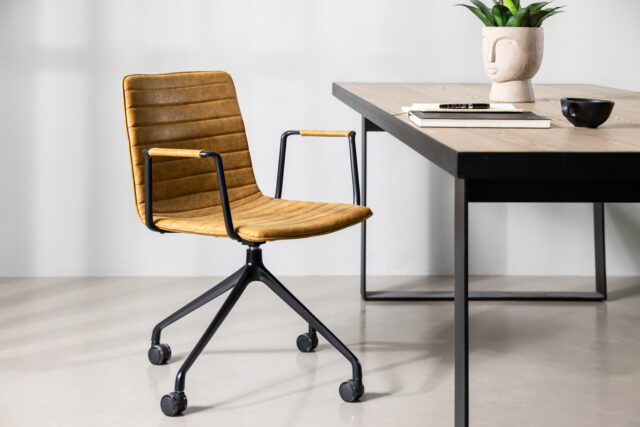The majority of us find ourselves glued to our desks for the better part of the day, so it’s worth pausing to consider an unlikely adversary in our daily lives: our office chairs.
The reality is that the chair you’re sitting on could be contributing to a range of health issues, some of which are serious enough to shorten life spans. In this blog post, we’ll shed light on the dangers of prolonged sitting and offer actionable advice to mitigate these risks.
Prolonged Sitting is the Silent Killer!
Our bodies are not designed for prolonged inactivity. When we sit, several harmful processes are set in motion: calorie burning slows down, blood sugar levels increase and blood flow decreases. This creates a perfect storm for the development of chronic diseases.
Moreover, sitting puts extra pressure on your spine and can lead to back and neck pain, further complicating the relationship we have with our seemingly innocuous office chairs.
What to Do to Prevent These?

1. Stand Up While Working
Consider using a standing desk or improvising with a high table. The goal is to alternate between sitting and standing throughout the day. This change in posture not only helps reduce the risk of chronic health issues but also keeps your energy levels up, making you more productive. Remember, the idea is not to stand all day but to find a healthy balance between sitting and standing.
2. Take Regular Breaks
Make a conscious effort to stand up and move around for a few minutes every hour. Set a timer if necessary to remind yourself to take these short breaks. These brief periods of movement help reset your posture and focus, reducing the strain on your eyes and the risk of developing a sedentary lifestyle. It’s a simple practice that can greatly benefit your physical and mental health.
3. Opt for Walking Meetings
Whenever possible, suggest walking meetings. This not only reduces sitting time but can also boost creativity and engagement. Walking side by side can make conversations more dynamic and relaxed, leading to more open and creative discussions. Plus, it’s a great way to fit some exercise into a busy schedule, benefiting both your health and your work.

4. Incorporate Stretching
Integrate simple stretching exercises into your day to alleviate muscle tension and improve blood circulation. This can be as simple as stretching your arms, legs, and back at your desk. Regular stretching helps prevent injuries, reduces stress, and can even improve your posture over time. It’s a quick and effective way to keep your body feeling good throughout the day.
5. Stay Hydrated
Drinking water frequently encourages more trips to the restroom, naturally promoting movement.
The Bottom Line
Your office chair, while seemingly benign, plays a significant role in your health. The evidence is clear: prolonged sitting is detrimental, irrespective of your exercise habits. By recognizing the dangers and adopting a more dynamic work routine, you can safeguard your health against the silent threats posed by sedentary behavior.




